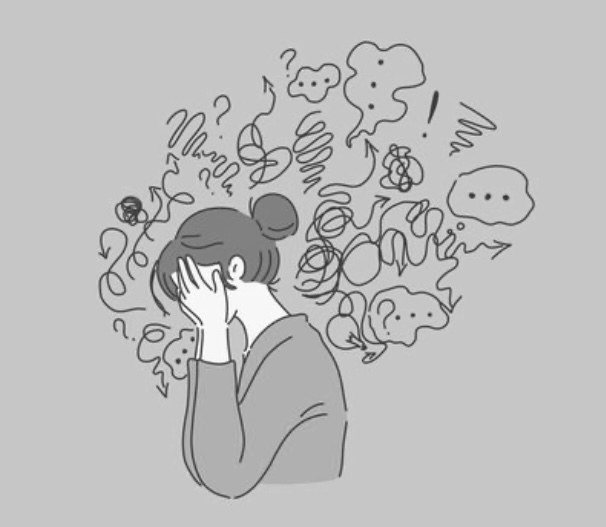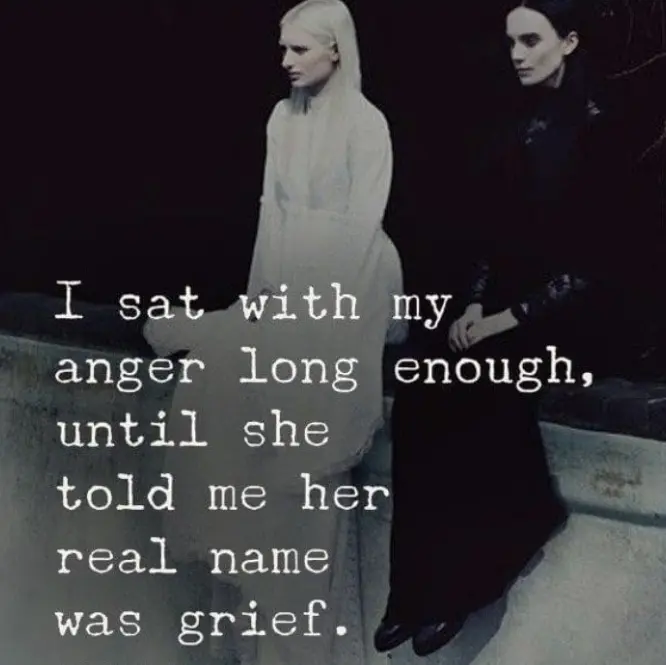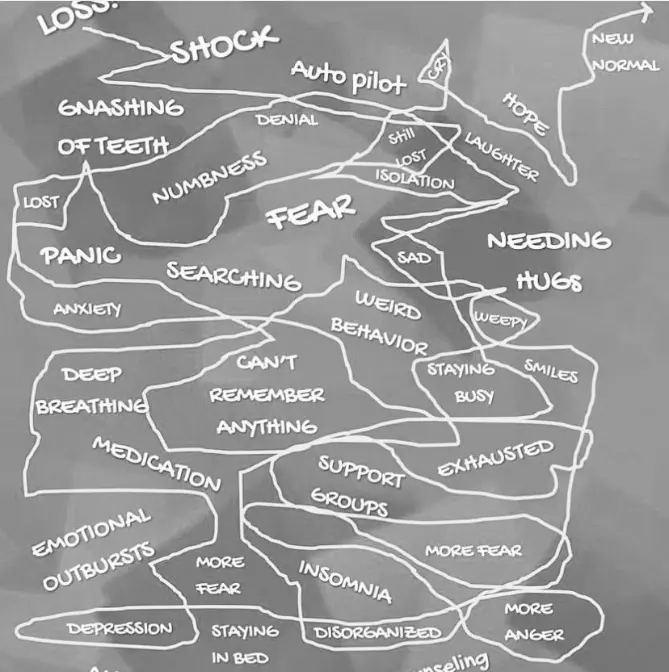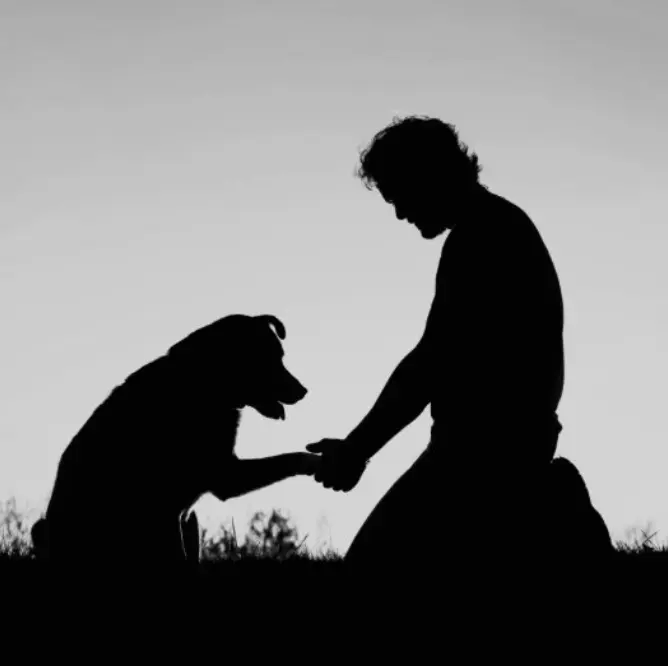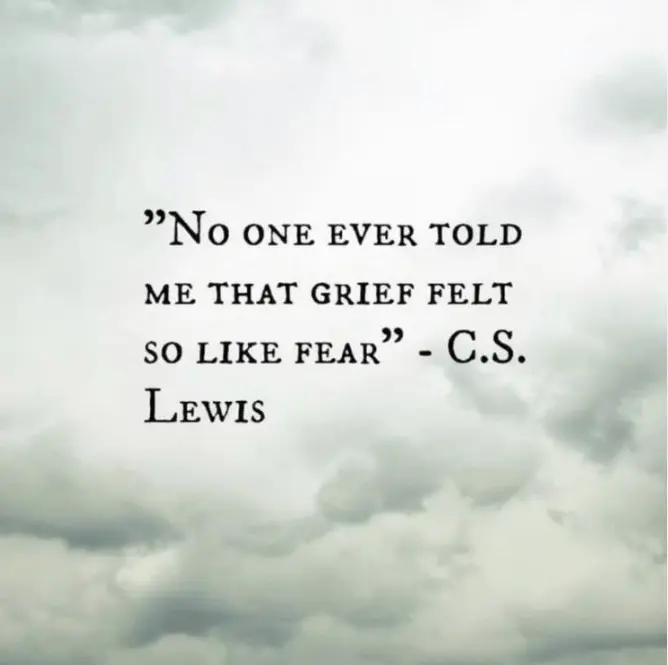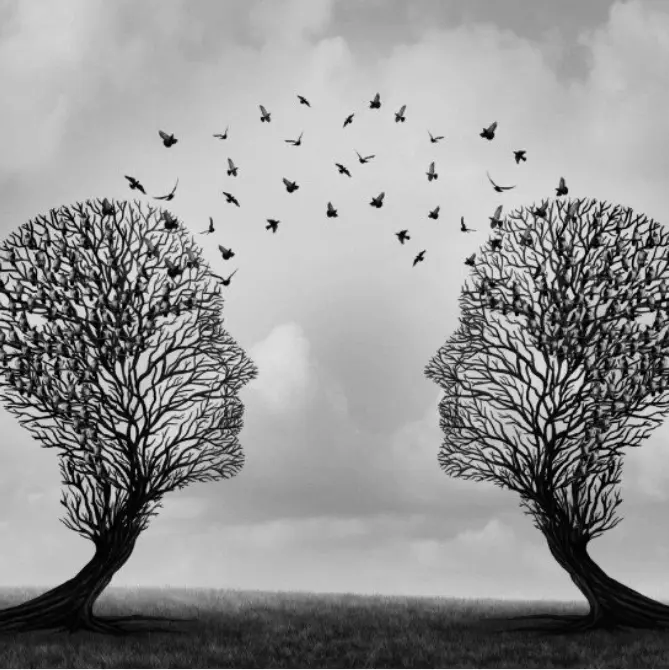Anxiety is a prevalent and sometimes overwhelming experience that affects millions of people worldwide. It can stem from various sources, including stress, trauma, or even genetic predisposition. Understanding how anxiety works in the brain and its impact on our daily lives is the first step toward effectively managing it.
The Brain and Anxiety:
When we encounter a stressful situation, our brain’s amygdala, responsible for processing emotions, goes into overdrive. It sends signals to other parts of the brain, triggering the body’s fight-or-flight response. This response floods our system with adrenaline and cortisol, preparing us to confront or flee from the perceived threat. Meanwhile, the prefrontal cortex, which helps us think logically and make decisions, may struggle to calm down the amygdala’s response, leading to heightened anxiety levels.
How Anxiety Feels:
Anxiety can manifest in various ways, both mentally and physically. Mentally, it feels like a constant state of worry or fear, making it difficult to concentrate or relax. Physically, it can cause symptoms such as a racing heart, sweating, trembling, shortness of breath, and tense muscles. These sensations can be intense and overwhelming, often leading to avoidance behaviours and a decreased quality of life.
Coping Strategies:
- Grounding Techniques:
One effective way to manage anxiety is through grounding techniques like the 5-4-3-2-1 method. This technique involves engaging your senses to bring your focus back to the present moment. You start by noticing five things you can see, four things you can touch, three things you can hear, two things you can smell, and one thing you can taste. This helps shift your attention away from anxious thoughts and calms your nervous system.
- Breathing Techniques:
Breathing exercises, such as the 4-7-8 technique, can also help alleviate anxiety. With this method, you breathe in slowly through your nose for four counts, hold your breath for seven counts, and then exhale slowly through your mouth for eight counts. This deep breathing pattern triggers the body’s relaxation response, reducing heart rate and promoting a sense of calm.
- Mindfulness Practices:
Mindfulness involves paying attention to the present moment without judgment. By practicing mindfulness through meditation, deep breathing, or simply observing your surroundings, you can become more aware of your thoughts and feelings. This awareness allows you to acknowledge and accept your anxiety without getting caught up in it, ultimately reducing its power over you.
- Seeking Counselling Support:
Sometimes, managing anxiety requires professional help. Person-centred counselling offers a supportive and non-judgmental environment for individuals to explore their thoughts and feelings. A counsellor trained in this approach provides empathy, understanding, and guidance as you work through your anxiety-related concerns. Together, you can identify triggers, develop coping strategies, and cultivate resilience to navigate life’s challenges more effectively.
Conclusion:
Anxiety can feel overwhelming, but it doesn’t have to control your life. By understanding how anxiety works in the brain, recognising its symptoms, and employing coping strategies like grounding techniques, breathing exercises, and mindfulness practices, you can effectively manage your anxiety and reclaim a sense of peace and control. And if you need extra support, don’t hesitate to reach out to a counsellor who can provide guidance and help you thrive despite anxiety’s challenges. Remember, you’re not alone, and there are resources available to support you on your journey to greater well-being.
